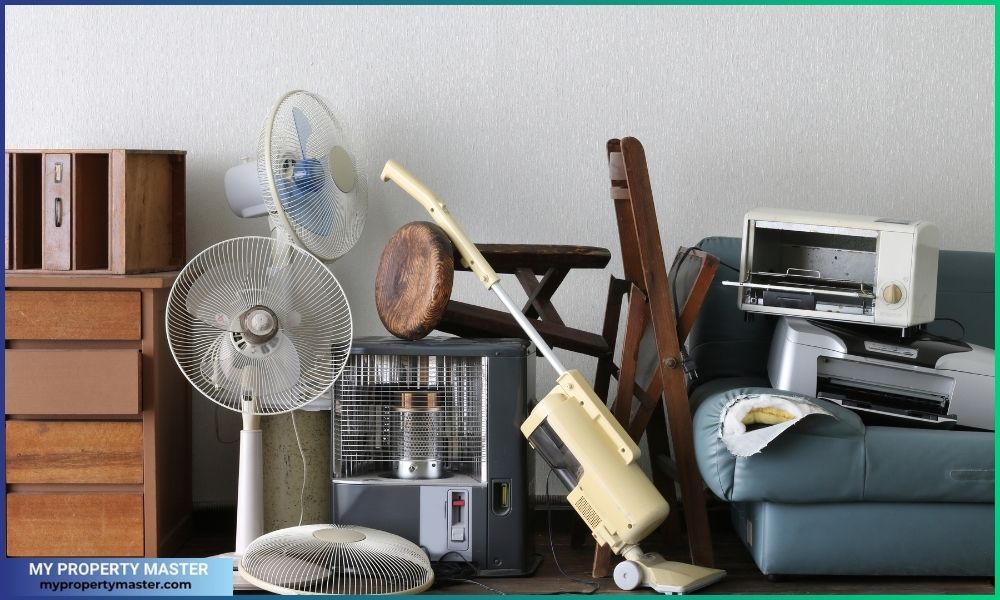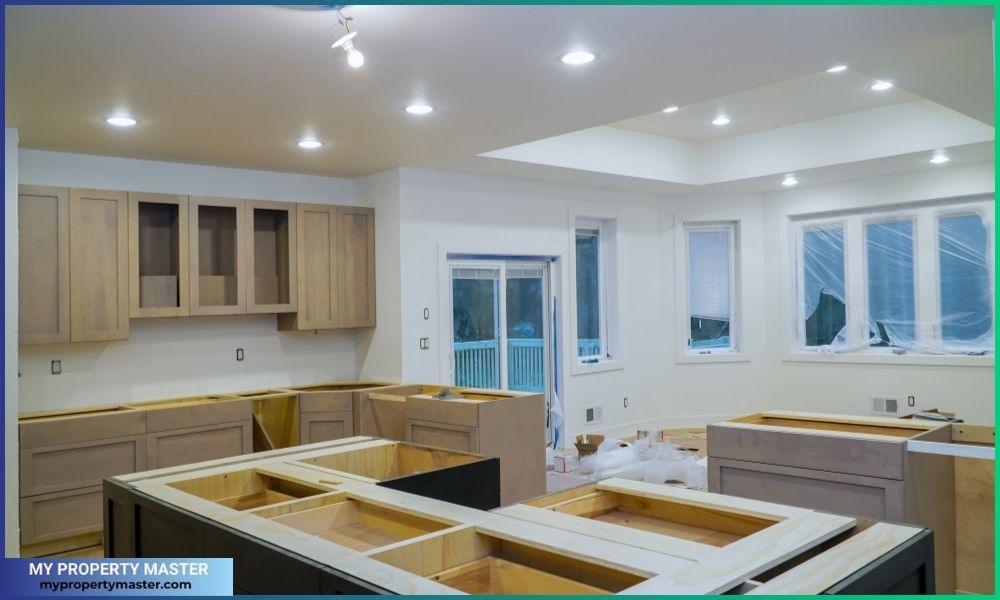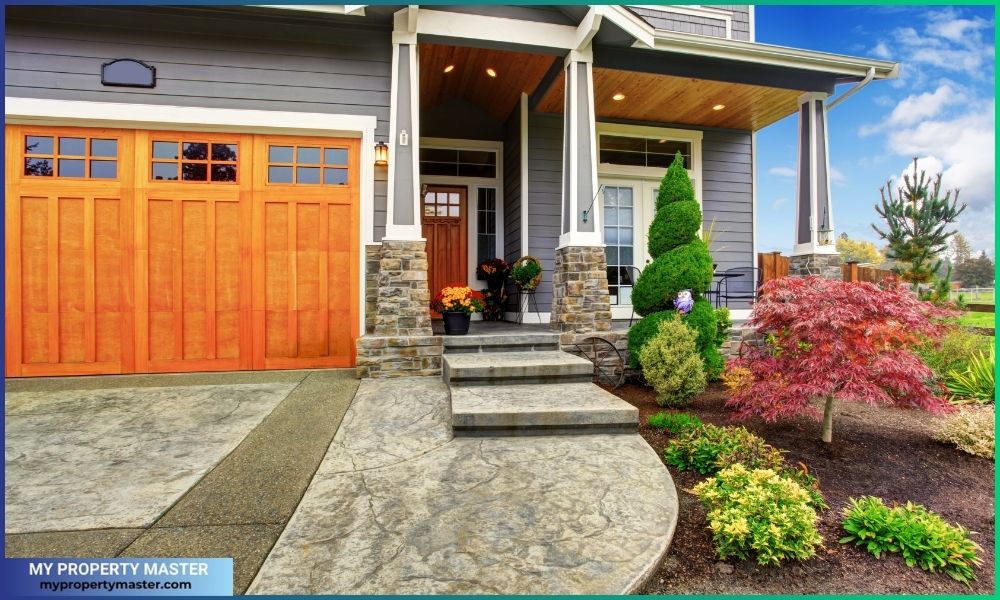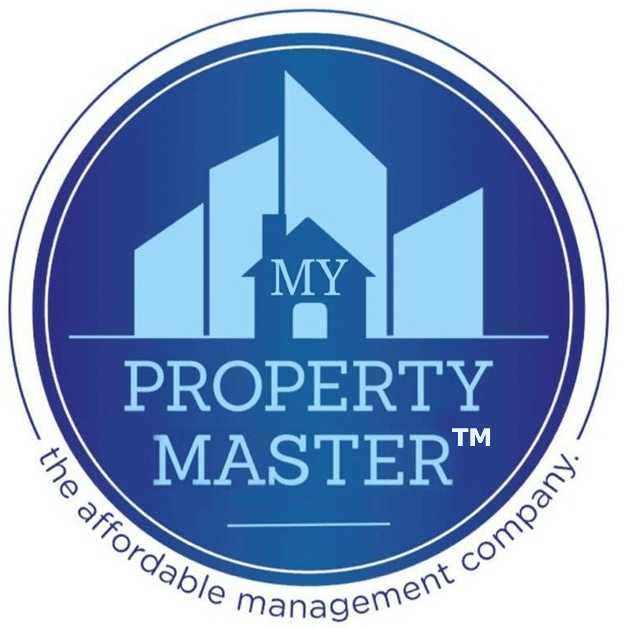Are you ready to turn your property into a lucrative rental opportunity? Whether you’re a seasoned landlord or a first-time property owner, getting your house ready for rent is crucial for attracting quality tenants and maximizing your rental income.
In this comprehensive guide, I will walk you through the step-by-step process of preparing your house for rent, from decluttering and cleaning to making necessary repairs and staging for success.
Let’s get started.
Step 1: Declutter and clean

Before showcasing your property to potential tenants, start by decluttering and cleaning every nook and cranny. Remove personal items and excess furniture to create space and neutrality.
A clutter-free environment allows tenants to envision themselves living in the space and makes it easier to visualize their belongings.
Related: How to clean a rental property before showing it to tenants?
Step 2: Repairs and upgrades

A well-maintained property attracts quality tenants and helps you get higher rental rates. Take the time to address any maintenance issues before listing your house for rent.
This repair includes fixing leaky faucets, repairing cracked tiles, and replacing burnt-out lightbulbs. Inspect the HVAC system, plumbing, and electrical wiring to ensure everything works. Replace any damaged or outdated fixtures and fittings to give your property a fresh and modern look.
Investing in repairs and upgrades upfront can save you time and money in the long run by minimizing tenant complaints and reducing vacancy periods.
Our apartment renovation service →
Step 3: Enhance curb appeal

First impressions are everything when it comes to renting out your property.
Enhance curb appeal by sprucing up the exterior of your house. Paint the front door, plant flowers, and add outdoor lighting.
Consider investing in landscaping to improve the overall appearance of your property. Trim bushes and weed flower beds, and add mulch for a polished look.
A well-maintained exterior attracts prospective tenants and adds value to your investment.
Read also: Can a landlord show an apartment while occupied?
Step 4: Rent for the right amount
Determining the right rental price is crucial for attracting tenants and maximizing your rental income.
Research local rental market trends and comparable properties to gauge the appropriate rental rate for your house. Do not set or raise the rent because you need money or are paying off a mortgage. Also, don’t put a low number to attract and get tenants immediately.
Consider location, size, feature or facility, and market demand when setting your rental price.
Read also: Landlord Vs. Tenant: Who is responsible for what?
Step 5: Are you willing to allow or ban pets?

Decide whether you’re open to allowing pets in your rental property or if you prefer to prohibit them altogether.
Consider both sides of allowing pets, including potential damage to the property and increased tenant demand.
If you allow pets, establish clear pet policies and requirements to protect your property and maintain a positive rental experience for all tenants.
The pet policies should include the type, breed, number, security deposit amount, adjustment policies, etc.
Read also: Essential insides of managing rental properties for landlords
Step 6: Market your rental
Once your house is prepped and staged, it’s time to market it to prospective tenants. Take high-quality photos of each room and create an attention-grabbing listing. Also, highlight the property features, facilities, number of bathrooms, balconies, and any other advantages.
If it’s easy, hire a professional real estate photographer/videographer to create virtual tours or 360-degree images, allowing prospective renters to explore your property from the comfort of their homes.
Utilize online platforms such as rental websites, social media, and Craigslist to reach a broader audience of potential tenants.
Read also: How many occupants are allowed in a one-bedroom apartment?
Step 7: Tenants screening

Screening tenants is essential for finding reliable and trustworthy individuals to occupy your rental property. Establish screening criteria based on credit history, rental history, income verification, and background checks.
By screening tenants carefully, you can minimize the risk of potential issues and maintain a positive landlord-tenant relationship.
Read also: How to find out who is renting a property?
Step 8: Decide whether to manage your property yourself
Consider whether you have the time, resources, and expertise to manage your rental property or prefer to hire a professional property management company.
Managing your property yourself can save you money on management fees but requires hands-on involvement in day-to-day operations such as maintenance, tenant communications, and rent collection.
Alternatively, hiring a property manager can alleviate the stress and responsibilities of landlord duties but comes with additional costs. Evaluate your capabilities and preferences to determine the best approach for managing your rental property effectively.
Related: Pros and cons of hiring a property management company
Step 9: Pick the right property manager
If you decide to enlist the help of a property management company, it’s essential to choose the right one for your needs.

Research local property management companies and compare their services, fees, and reputation. Ask fellow landlords or real estate professionals for recommendations. Assess their expertise, trustworthiness, communicativeness, and ability to handle your property.
Hiring a property manager is not mandatory when renting your home. However, it’s an option that can eliminate all the heavy lifting for you (if you choose the right one).
Never hire property management companies until you read this →
Step 10: Draft the lease
Once you’ve found suitable tenants for your rental property, you should draft a comprehensive lease agreement.
Include the following essential details:
- Rent amount
- Lease duration
- Security deposit
- Pet policies
- Maintenance responsibilities
- Eviction procedures, etc.
Clearly define expectations for both parties to minimize misunderstandings and disputes down the line.
Consult with a legal professional or use a standardized lease template to ensure your lease agreement complies with local landlord-tenant laws and regulations (if needed).
If you work with a property management company, they will do it for you.
Related: What rights do tenants have without a lease?
Conclusion
Preparing your house for rent requires careful planning, attention to detail, and effective marketing strategies. By following this comprehensive guide and implementing the necessary steps, you can attract quality tenants, maximize your rental income, and ensure a positive rental experience for both landlords and tenants.






